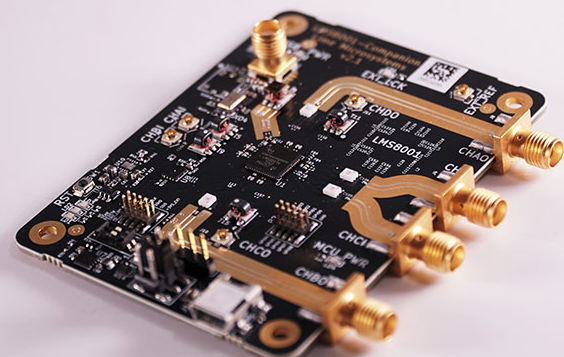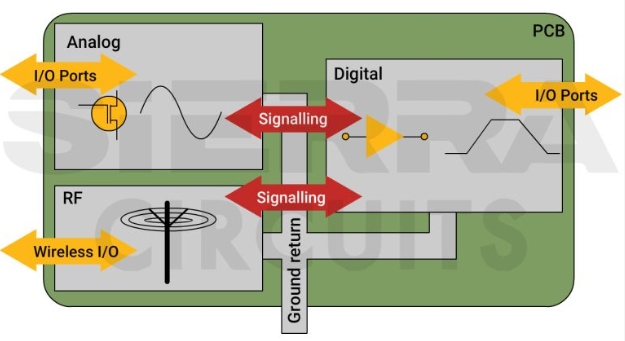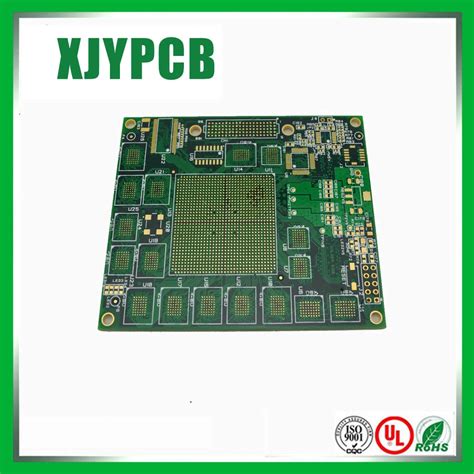The Growing Landscape of PCB Exports: Trends, Challenges, and Future Prospects
Introduction
Printed Circuit Boards (PCBs) are the backbone of modern electronics, serving as critical components in devices ranging from smartphones and computers to industrial machinery and medical equipment. As global demand for electronic products continues to rise, the export of PCBs has become a significant segment of the international electronics trade. This article explores the current trends in PCB exports, key exporting countries, challenges faced by the industry, and future growth opportunities.
1. Global PCB Export Market Overview
The PCB industry has experienced steady growth over the past decade, driven by advancements in technology, increasing demand for consumer electronics, and the expansion of IoT (Internet of Things) devices. According to industry reports, the global PCB market was valued at approximately $70 billion in 2022 and is projected to grow at a CAGR of 4-5% through 2030.
Key Exporting Countries
Several countries dominate the PCB export market due to their strong manufacturing capabilities, cost efficiencies, and technological expertise. The top PCB exporters include:
- China – The world’s largest PCB producer and exporter, accounting for over 50% of global PCB production. Major hubs include Shenzhen, Shanghai, and Guangdong.
- Taiwan – A leader in high-end PCB manufacturing, particularly for semiconductors and advanced electronics.
- South Korea – Known for high-quality PCBs used in smartphones (Samsung, LG) and automotive electronics.
- Japan – Specializes in high-performance PCBs for automotive and industrial applications.
- United States – Focuses on aerospace, defense, and high-reliability PCBs.
- Germany – A key player in automotive and industrial PCB exports.
Emerging PCB Export Markets
Countries such as Vietnam, India, and Thailand are rapidly growing as alternative PCB manufacturing hubs due to lower labor costs and favorable government policies.
2. Trends Shaping PCB Exports
A. Increasing Demand for High-Density Interconnect (HDI) PCBs
With the rise of 5G, AI, and wearable technology, there is a growing need for HDI PCBs, which offer higher circuit density and better performance in compact devices.
B. Growth in Automotive Electronics
The automotive industry is a major consumer of PCBs, particularly with the shift toward electric vehicles (EVs), advanced driver-assistance systems (ADAS), and infotainment systems.
C. Shift Toward Flexible and Rigid-Flex PCBs
Flexible PCBs are gaining traction in wearables, medical devices, and foldable smartphones, driving export demand for these specialized boards.
D. Sustainability and Green PCBs
Environmental regulations (e.g., RoHS, REACH) are pushing manufacturers to adopt lead-free, halogen-free, and recyclable materials, influencing export compliance standards.
E. Nearshoring and Supply Chain Diversification
Due to geopolitical tensions (e.g., US-China trade war), companies are diversifying PCB sourcing to Mexico, Eastern Europe, and Southeast Asia to reduce dependency on a single region.

3. Challenges in PCB Exports
A. Supply Chain Disruptions
The COVID-19 pandemic and semiconductor shortages exposed vulnerabilities in the PCB supply chain, leading to delays and increased costs.
B. Rising Raw Material Costs
Fluctuations in the prices of copper, fiberglass, and resins impact production costs and profit margins for exporters.
C. Geopolitical and Trade Barriers
- US-China tariffs have increased costs for PCB imports in certain markets.
- Export restrictions on advanced PCB technologies (e.g., those used in military applications) limit trade opportunities.
D. Technological Competition
Countries like China and Taiwan dominate high-tech PCB manufacturing, making it difficult for emerging exporters to compete in advanced segments.
E. Compliance with International Standards
Exporters must adhere to strict quality, safety, and environmental regulations, requiring additional certifications (e.g., ISO, UL, IPC standards).
4. Future Opportunities in PCB Exports
A. Expansion of 5G and IoT Markets
The rollout of 5G networks and IoT devices will drive demand for high-frequency and high-speed PCBs, presenting growth opportunities for exporters.
B. Growth in Medical Electronics
The healthcare sector’s increasing reliance on diagnostic equipment, wearable health monitors, and implantable devices will boost demand for specialized PCBs.
C. Adoption of Automation and Industry 4.0
Smart manufacturing technologies (AI, robotics, automated testing) will enhance PCB production efficiency, reducing costs and improving export competitiveness.
D. Development of Advanced Packaging Technologies
Innovations like fan-out wafer-level packaging (FOWLP) and system-in-package (SiP) will create new export markets for high-performance PCBs.
E. Government Incentives for Local PCB Production
Countries like India and the US are offering subsidies to boost domestic PCB manufacturing, reducing reliance on imports and creating export opportunities.

5. Conclusion
The PCB export market is evolving rapidly, driven by technological advancements, shifting supply chains, and increasing demand across industries. While challenges such as geopolitical tensions and material costs persist, opportunities in 5G, automotive, and medical electronics present significant growth potential. Exporters who invest in innovation, sustainability, and supply chain resilience will be well-positioned to thrive in the competitive global PCB market.
As the world becomes more interconnected, the role of PCBs in enabling next-generation electronics will only grow, making PCB exports a critical component of the global tech economy.







